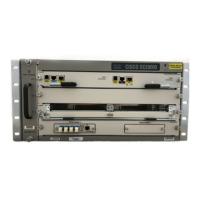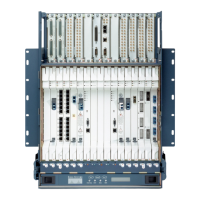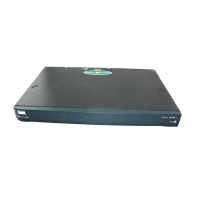10-12
Cisco SCE8000 Software Configuration Guide, Rel 3.1.6S
OL-16479-01
Chapter 10 Identifying and Preventing Distributed-Denial-Of-Service Attacks
Configuring Attack Detectors
How to Reinstate the System Defaults for a Selected Set of Attack Types
Use the following command to delete user-defined default values for action, thresholds, subscriber
notification, and sending an SNMP trap for a selected set of attack types, and reinstate the system
defaults.
Step 1 From the SCE(config if)# prompt, type default attack-detector default protocol (((TCP|UDP)
[dest-port (specific|not- specific|both)])|ICMP|other|all) attack-direction
(single-side-source|single-side-destination|single-side-both|dual-sided|all) side
(subscriber|network|both)
and press Enter.
Reinstates the system defaults for the defined attack types.
How to Reinstate the System Defaults for All Attack Types
Step 1 From the SCE(config if)# prompt, type default attack-detector default and press Enter.
Reinstates the system defaults for the defined attack types.
Specific Attack Detectors
Use these commands to define thresholds, actions, subscriber notification setting, and sending an SNMP
trap for a specific attack detector for selected set of attack types.
• Options, page 10-13
• How to Enable a Specific Attack Detector and Assign it an AC, page 10-14
• How to Define the Action and Optionally the Thresholds for a Specific Attack Detector, page 10-14
• How to Define the Subscriber Notification Setting for a Specific Attack Detector, page 10-14
• How to Define the SNMP Trap Setting for a Specific Attack Detector, page 10-14
• How to Define the List of Destination Ports for TCP or UDP Protocols for a Specific Attack
Detector, page 10-15
• How to Delete User-Defined Values, page 10-15
• How to Disable a Specific Attack Detector, page 10-15
• How to Disable All Non-default Attack Detectors, page 10-15
• How to Disable All Attack Detectors, page 10-16

